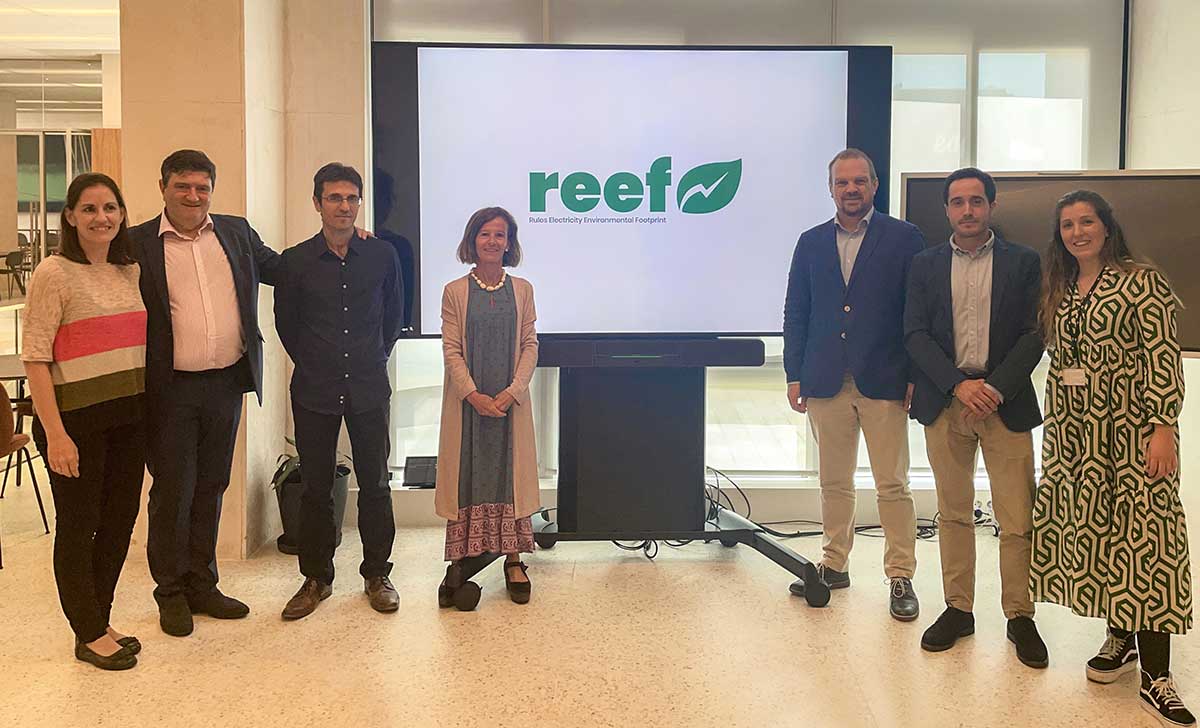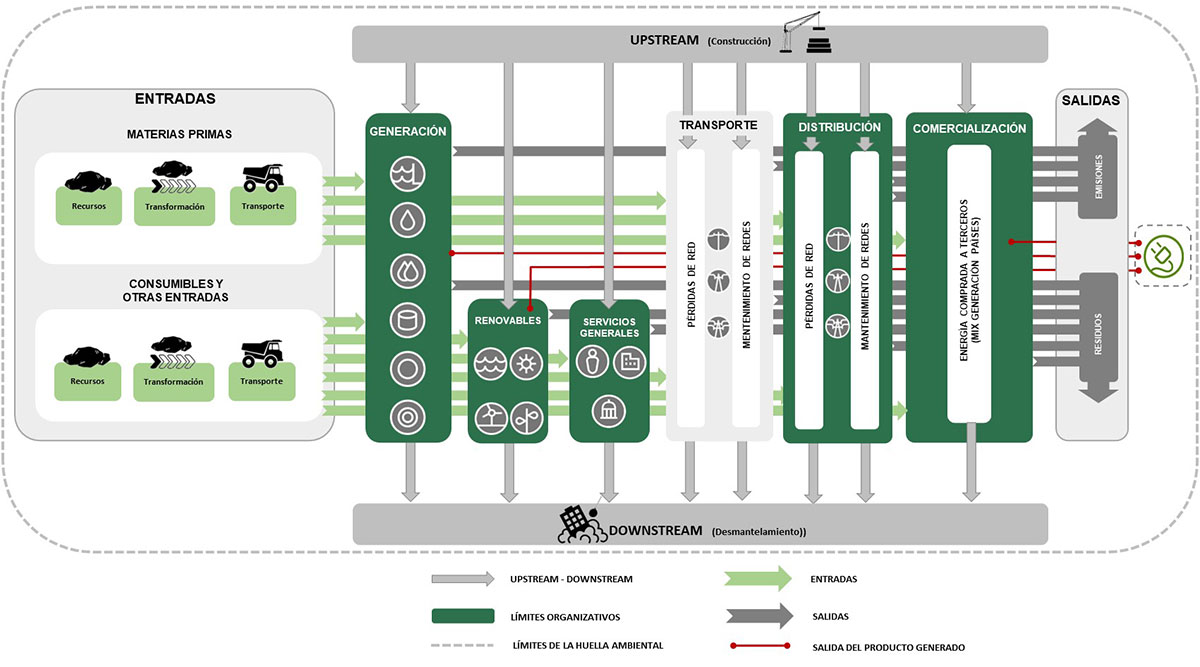REEF
DEVELOPMENT OF ENVIRONMENTAL PRODUCT FOOTPRINT RULES FOR THE ELECTRICITY SECTOR
Given the wide dispersion of systems and labels to transmit information on the environmental performance of products and/or services, the European Commission has been promoting common Environmental Footprint methods since 2013.
IBERDROLA and EDP have extensive experience in the development of organisational Environmental Footprints under international standard ISO/TS 14072:2014, but the non-existence of rules under the European Commission framework gives rise to discrepancies in the scope (system boundaries, estimates, assessment methodology, etc.) of the studies. The REEF project builds on this experience for the unification of criteria in the development of Environmental Footprints for electricity.
IBERDROLA has led REEF, with EDP as a project partner and with the collaboration of the LCA and environmental footprint expert consultancy firm, GRUNVER SOSTENIBILIDAD.

DRIVING FACTOR


 OBJECTIVES
OBJECTIVES
- Establish Environmental Footprint rules for the electricity sector under the framework of the European Commission, and disseminate them at a national and European level.
- Integrate the Environmental Footprint with environmental communication and reporting tools and internal management systems.
- Evaluate and drive supplier companies, involving them in the development of the project, and foster the development of Environmental Footprints in priority sectors, such as the manufacture of electrical equipment.
- Assess the potential of applying the Environmental Footprint for Green Private Procurement and Contracting (GPPrC).
 RESULTS
RESULTS
- Definition of rules for calculating the Product and Organisational Environmental Footprint, under the regulatory framework of the European Commission.
- Integration with other tools: Carbon Footprint, Environmental Product Declaration (EPD), Environmental Management Systems, Sustainability Reporting Indices (GRI, DJSI) and with data reporting systems.
- Dissemination of common framework to stakeholders to standardise and share environmental information.
- Assessment of the potential of applying the Environmental Footprint for the CCPrV, including the establishment of recommendations for integrating environmental considerations into purchasing policy.
 CONCLUSIONS
CONCLUSIONS
- The Organisational Environmental Footprint Sectoral Rules (OEFSR) lay the foundations for a framework for the development of Environmental Footprints in the national and European electricity sector.
- Integrating environmental communication and reporting instruments enables complete, truthful and focused CCPrV criteria to be established for a real circular transition, without burden shifting between environmental vectors and/or life cycle stages.
- Capacity building is essential in value chain traction. The training and tools developed in REEF enable participating companies to increase their competitiveness in the European market by providing accurate and transparent environmental information on their products.
ENVIRONMENTAL
TECHNICAL
ECONOMIC
COMMERCIAL
ON THE MARKET




